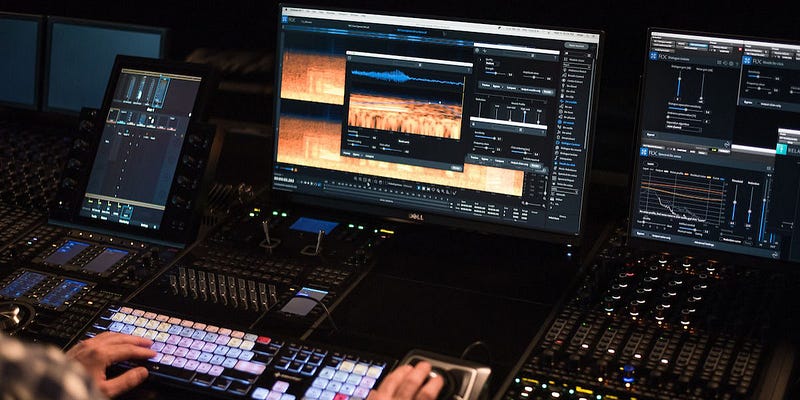Understanding the Rise of Subtitles in Modern Viewing
Written on
The Need for Subtitles Today
In today's streaming landscape, I often find myself relying on subtitles. If it weren’t for my wife sharing the same habit, I might worry about my hearing abilities. It turns out, we are not alone in this trend. According to research by StageText, a staggering 80% of viewers aged 18–25 utilize subtitles regularly. So what’s driving this phenomenon? Is there a genetic factor at play affecting younger generations’ comprehension of dialogue? Fortunately, the explanation is far more intricate and technical.
The Evolution of Sound Technology
Have you ever pondered why performances from classic Hollywood seem dramatically different—more theatrical or exaggerated? The answer lies in technological advancements. In the early era of sound recording, microphones were unwieldy, temperamental, and often hidden in creative ways. Actors had to remain acutely aware of microphone placement, projecting their voices accordingly. Compounding the challenge, all audio was recorded on a single track, regardless of how many actors were present in a scene.
Modern Recording Techniques
Fast forward to today, and technology has transformed sound recording. Now, two boom microphones and hidden lavalier mics allow actors to perform more naturally, enabling even someone like Tom Hardy to mumble without concern for volume or direction. However, this advancement brings its own set of challenges: often, understanding what actors are saying becomes difficult.
Video Description: Dive into the importance of subtitles and why they are becoming indispensable in modern media consumption.
The Craft of Dialogue Editing
Austin Olivia Kendrick, a skilled dialogue editor, describes her role as performing “audio surgery on actors’ words.” The improved sound quality we enjoy today results not just from superior microphones but also from the artistry of professionals like Kendrick.
In the past, dialogue editing was a cumbersome process, often involving manual splicing of analog recordings. If any section of dialogue was unintelligible, actors would need to re-record those lines, a process known as automated dialogue replacement (ADR). While ADR is still used today, it’s generally a last resort due to its high costs.
In contemporary digital editing, sound editors have greater flexibility. During post-production, they collaborate with directors and sound engineers to select the best takes of dialogue. Afterward, they digitally splice together these takes, removing unwanted background noise and ensuring clarity in the dialogue.

Despite technological advancements, many still rely on subtitles. Kendrick is frequently asked, “Why not just turn up the dialogue?” Unfortunately, it isn’t that straightforward.
The Challenge of Dynamic Range
Film sound encompasses a wide spectrum, from soft whispers to explosive climaxes. To achieve an effective sound mix, dynamic range must be preserved. Boosting dialogue too much could diminish the impact of subsequent sound effects. Moreover, increasing volume can lead to distortion, which is why sound editors must carefully balance dialogue, sound effects, and music.
Modern Challenges with Audio Formats
Christopher Nolan, a renowned filmmaker, is well-known for his grand cinematic experiences. However, he often faces criticism regarding inaudible dialogue. Nolan defends his approach, stating that his films are specifically mixed for advanced audio systems like Dolby Atmos, which utilizes a complex multi-channel format to create a realistic sound experience.

The drawback arises when these audio tracks are downmixed for various devices, leading to a decrease in audio quality. This degradation explains why understanding dialogue in films like Tenet can be challenging.
The Limitations of Modern TVs
Recall the bulky televisions of the past? They were designed to accommodate larger speakers. Today’s models, however, are thin and often lack adequate sound systems. Additionally, the speakers face away from the viewer, complicating the issue further. While some newer TVs feature “active voice amplification,” this merely serves as a temporary fix and doesn’t adequately address the core problem.